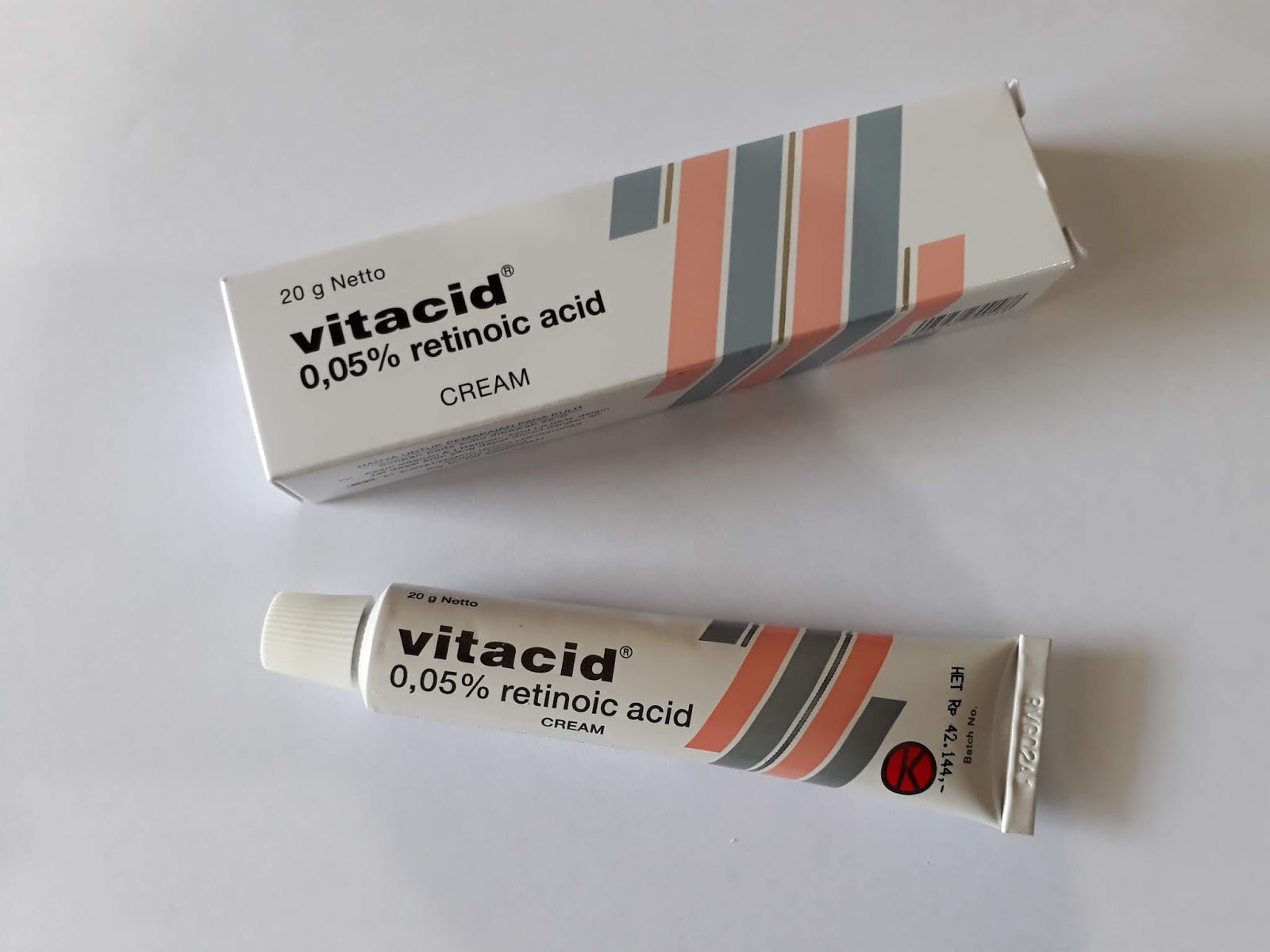Tretinoin For Acne – Does It Really Work?
If you have acne, fine lines & hyperpigmentation, your dermatologist may prescribe tretinoin. This medication is known as the gold standard in topical treatments for these conditions & has been shown to be very effective at minimizing wrinkles.
Dermatologists often combine it with other topical + oral medications to boost results & minimize side effects. It can take eight to twelve weeks to see results from this prescription treatment.
Increases Epidermal Turnover
When tretinoin is applied, it stimulates the cells in your skin to turnover at a faster rate. This reduces sebum buildup and helps prevent pores from becoming clogged. Over time, this treatment improves the appearance of acne scars and leaves your skin looking more youthful (Yoham, 2020).
While retinoids increase cell turnover, they do not block pores entirely, so they can still become clogged with sebum and debris. This is why it’s important to use a gentle cleanser and moisturizer with sunscreen.
When used regularly, tretinoin also boosts collagen production, which can reduce the appearance of fine lines and wrinkles. Using this medication may cause dry, flaking skin and increase your sun sensitivity, so be sure to wear a high-SPF sunscreen every day while you’re on the treatment. Moreover, it’s best to apply your tretinoin cream or gel at night, before bed, so it can work without interference from makeup and other skin products that may irritate the skin.
Reduces Clogged Pores
Tretinoin prevents clogged pores, which can lead to blackheads and whiteheads. It does so by promoting the shedding of dead skin cells and by keeping pores unclogged.
It also increases glycosaminoglycan, a molecule that helps skin stay soft and smooth. This makes your skin feel less rough and dry, and it helps shut out excess oil and other debris that can clog pores and cause acne breakouts.
When you apply tretinoin, always use a light amount and be careful to avoid sensitive areas such as your eyes, nostrils, and lips. Wash your hands before and after applying tretinoin, & never apply the medication to cut, scraped or sunburned skin. Also, unless it’s part of a plan you discuss with your doctor, don’t mix tretinoin with other topical acne treatments such as salicylic acid, benzoyl peroxide or products that contain sulfur. This may irritate your skin and increase side effects like burning.
Minimizes Acne Scars
Tretinoin is a powerful exfoliating medicine and can help diminish the appearance of acne scars. However, it doesn’t do much for deeper scarring or surgical scars; those require more invasive techniques like chemical peels or surgery.
While tretinoin can be used on any skin type, it’s most effective for oily or acne-prone skin types. It can also be helpful for individuals with sensitive skin or rosacea, but it may be too harsh for those who have extremely dry skin. Those with very sensitive skin should start with a low dose, like 0.25 percent, and work up to higher concentrations as tolerated.
Tretinoin can reduce the appearance of fine lines and wrinkles by stimulating cell turnover. It can also prevent fine lines from forming in the first place. In a study using human monocytes, tretinoin was shown to decrease MMP-9 expression and shift MMP activity from matrix degradation to MMP-inhibiting.
Boosts Collagen Production
Studies have shown that tretinoin can boost collagen production and improve skin tone, texture and elasticity. This can help reduce fine lines and wrinkles, as well as minimize the appearance of acne scars.
Tretinoin works by accelerating the epidermal turnover process and causing dead skin cells to shed. When these skin cells mix with sebum, they can create plugs that clog the hair follicles and lead to mild forms of acne such as blackheads and whiteheads. Over time, the build-up of these dead skin cells can also contribute to moderate and severe acne.
Start by using a low concentration of tretinoin, such as 0.25 percent, and work your way up to higher strengths as your skin gets used to the product. Use it every night before bed, avoiding applying it to wet or oily skin. Apply just enough to cover your entire face. More than that can irritate the skin and make it flaky.Tretinoin for Acne

